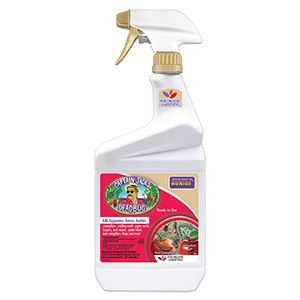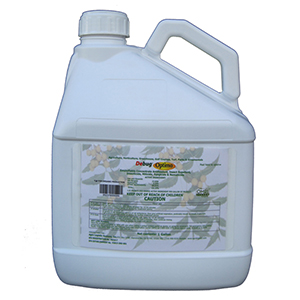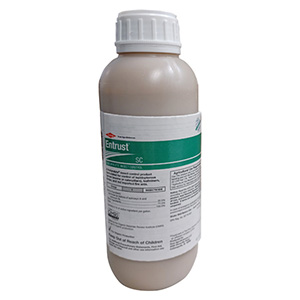Cabbage Looper
 |
Trichoplusia ni
Found in every region where cruciferous vegetables are grown, cabbage loopers are pests to both gardeners and farmers alike. They inhabit numerous different environments including high elevation and inland areas as the adult moths can fly up to 200 kilometers. Cabbage looper infestations generally fluctuate yearly with one year showing high numbers and damage, then two to three when low populations are observed; however, high populations can remain present in areas where desirable monoculture plantings are made.
Identification & Appearance:
Adults are night-flying moths with brown, mottled fore wings marked in the center with a small, silver figure eight-like spot. Their eggs are small, ridged, round, and greenish-white in color. The larvae are green with white stripes running the length of their bodies and are easily identified by their movement as they move like inchworms with the characteristic "looping" motion. The caterpillar has three pairs of slender legs near its head and then three pairs of thick prolegs near the end of its body.
Life Cycle & Damage:
After pupating, adult moths emerge from their silk cocoons. Once they mate, eggs are deposited singly or in small clusters on leaf surfaces, although more are found on lower leaves. Larvae hatch within 3-4 days ready to feed which they do for 2-4 weeks as they develop. The loopers leave irregular holes in the leaves of the plants and bore into the cabbage heads leaving galleries, which increase the plant's susceptibility to disease. Populations tend to be highest during the late spring and summer months, and in some years in the late fall. Cabbage loopers remain active and reproduce throughout the winter months in warm climates.
Controlling Cabbage Loopers:
Before planting, check your Growing Medium and growing area or eggs, larvae and pupae as it is not uncommon for pre-mixed potting soil to contain immature pests. The cheapest and most effective control will always be regular monitoring and maintenance.
- When inspecting your plants, manually remove any larvae and eggs you may find. The larvae make a great treat for the birds or they can be drowned in a pail of soapy water.
- Pheromone Lures used with the correct trap will allow you to spot adult moths early and often.
- If any life stage has been spotted, release Trichogramma parasitic wasps to break up the looper's life cycle and prevent additional generation from becoming ongoing issues. Green Lacewing can be useful as a general preventative measure as their Larvae will feed on cabbage looper eggs and a wide variety of other common pest insects.
- Once damage has been spotted, Btk sprays may be the most effective control measure as they prevent additional feeding from larvae and kill them in the process. Spinosad products like Monterey Garden Insect Spray can be alternated with Btk for increased control. Use caution when applying around pollinators.
- If immediate control is desired, turn to a contact insecticide like Pyganic that will kill on contact and leave minimal residue.
For more information about general caterpillar control please see our Caterpillars & Moths Control page.
-
$16.65–$225.00
-
$27.00–$6,000.00
-
$30.00–$100.00
-
$13.99–$41.48
-
$22.50
-
$15.99–$124.49
-
-
$275.00–$2,495.00
-
$250.00–$875.00
-
$13.95–$24.75
-
$13.99–$24.99
-
$9.99–$29.99
-
-
$125.00–$225.00
-
$16.65–$225.00
-
$16.65–$225.00
-
$18.50–$225.00
-
$58.00–$260.00
-
$280.00
-
$34.95–$219.99
-
$260.00–$936.00
-
$79.99–$170.00
-
$31.49–$58.79
-
-
$15.99–$23.99
-
$270.00
-
$29.99–$72.50
-
-
$19.95
-
$21.99
-
-
$750.00–$2,700.00

































